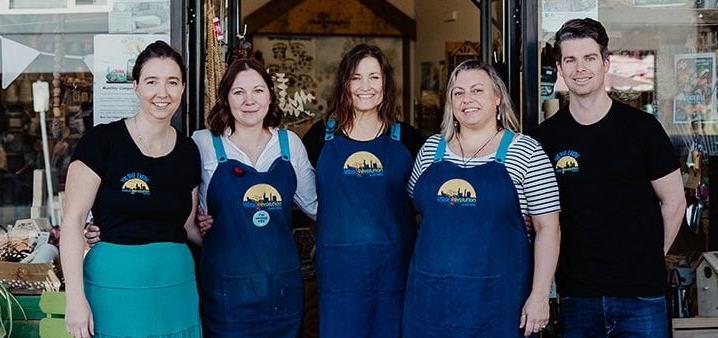Tree lovers and gardeners in Perth are growing increasingly concerned as more of the city's precious trees are falling victim to Polyphagous Shot Hole Borer (PSHB). The small beetle, which is native to South East Asia, is highly invasive and attacks a wide range of plant species.
Beloved trees in areas including Hyde Park, King's Park and Perth Zoo have all been condemned and removed in an effort to slow the spread of this voracious pest.
The Department of Primary Industries and Rural Development (DPIRD) has implemented a quarantine area which limits the movement of wood and materials and aims to prevent the spread of the pest in the Perth Metro area. You may also see surveillance traps deployed in your local area to monitor the spread of the pest.
What is Polyphagous Shot Hole Borer?
PSHB is a tree-boring beetle that has a symbiotic relationship with a Fusarium fungus. It cultivates this fungus inside of plants as a food source for themselves and their larvae. In susceptible trees, the fungus kills the tree by restricting or preventing the movement of water and nutrients within the tree. The beetle also causes structural damage to trees and plants by creating tunnels, known as galleries, throughout the plant.
Which Trees are Affected by Polyphagous Shot Hole Borer?
Polyphagous Shot Hole Borer damages many types of trees and plants. These species are some of the top hosts of PSHB in WA:
- Acer negundo - Box elder maple
- Coprosma repens - Mirror bush
- Delonix regia - Poinciana
- Erythrina x sykesii - Coral tree
- Ficus macrophylla - Moreton Bay fig
- Ficus rubiginosa - Port Jackson fig
- Morus alba - White mulberry
- Morus nigra - Black mulberry
- Platanus x acerifolia - London plane tree
- Robinia pseudoacacia - Robinia, mop top robinia, black locust
Drought-stressed trees are more susceptible to attack by pests, including PSHB.
DPIRD is conducting trapping and surveillance to determine and monitor the spread of the pest. Traps are distributed throughout the quarantine area and will remain in place for a minimum of six months to help monitor the distribution of PSHB.

Traps contain a yellow sticky trap in a cage (to prevent trapping birds, micro bats, rodents etc) with a lure. The lures contain Querciverol, an aggregation pheromone that attracts PSHB beetles.
If you see a trap, don't touch them! They have a very important job to do.
How to Identify Signs of Polyphagous Shot Hole Borer

Polyphagous Shot Hole Borer beetles tunnel into the trunks, stems and branches of trees and plants. Detection of PSHB can be difficult as they are very small – roughly the size of a sesame seed.
What To Do if You Identify PSHB
If you identify holes which seem suspicious, or other signs of borer infestation such as failure to thrive, you can use the My Pest Guide Reporter app to confirm the identification with an expert.
Protect your trees from infestation by ensuring they are healthy - prune as required and feed regularlyto maintain optimum plant health. Using an integrated pest management plan will ensure pests are kept to a minimum in your garden ecosystem.
How To Stay Informed about PSHB
There are several free upcoming PSHB education sessions run by DPIRD to help detect and stop the spread of this terrible pest. Stay informed on the DPIRD PSHB site and check your own garden and local trees. This list of PSHB host treesis continually updated.






Leave a comment (all fields required)